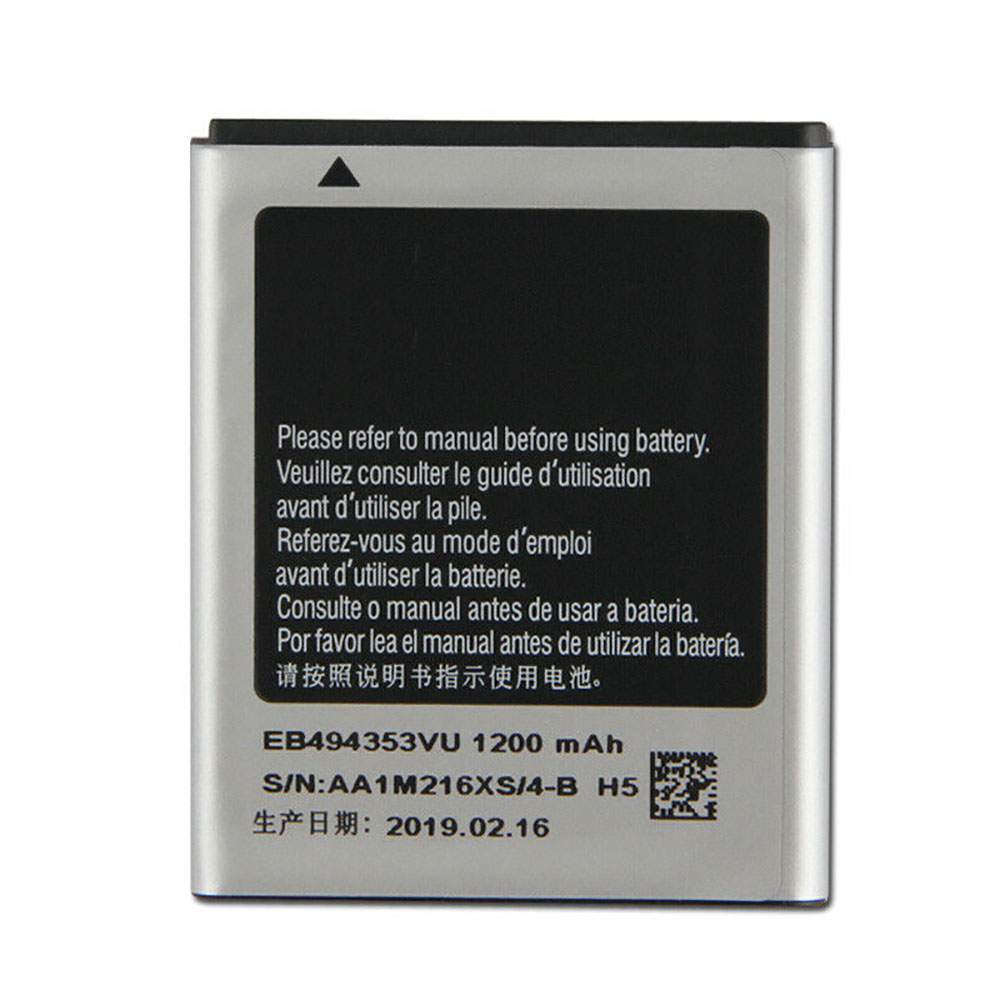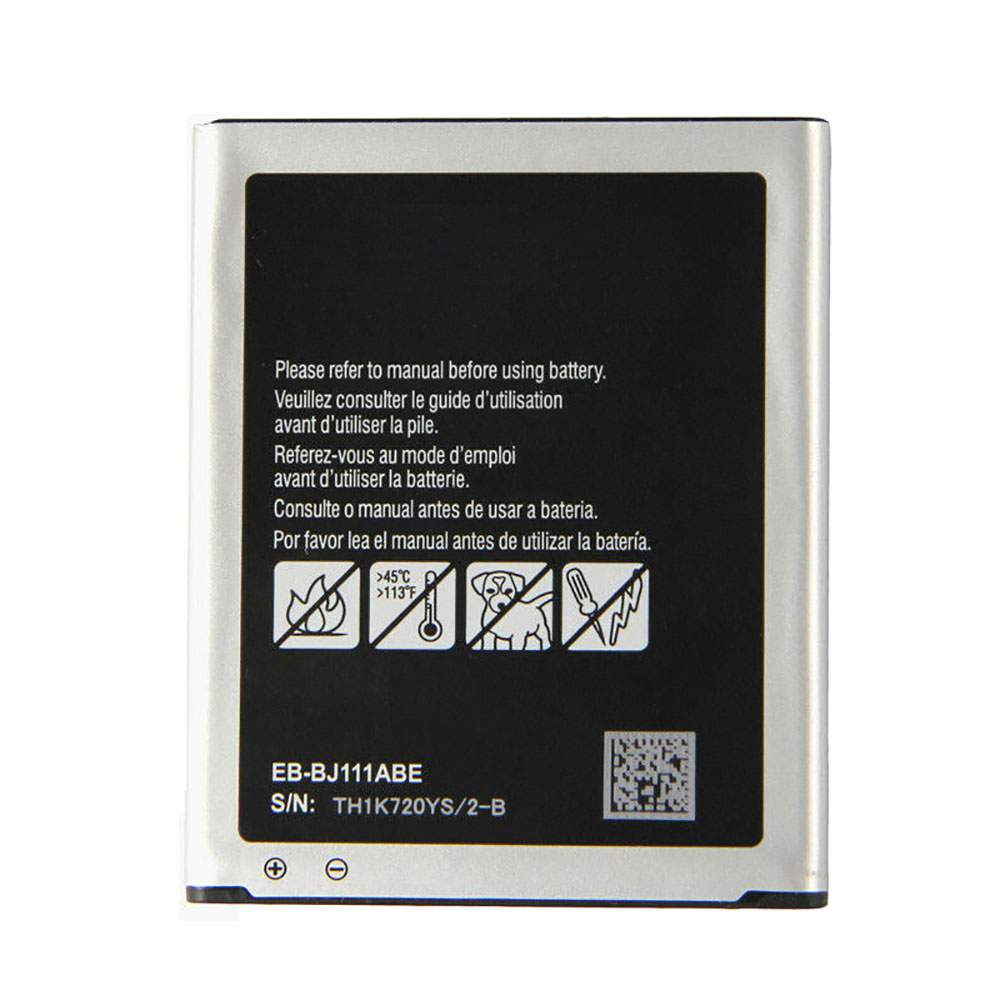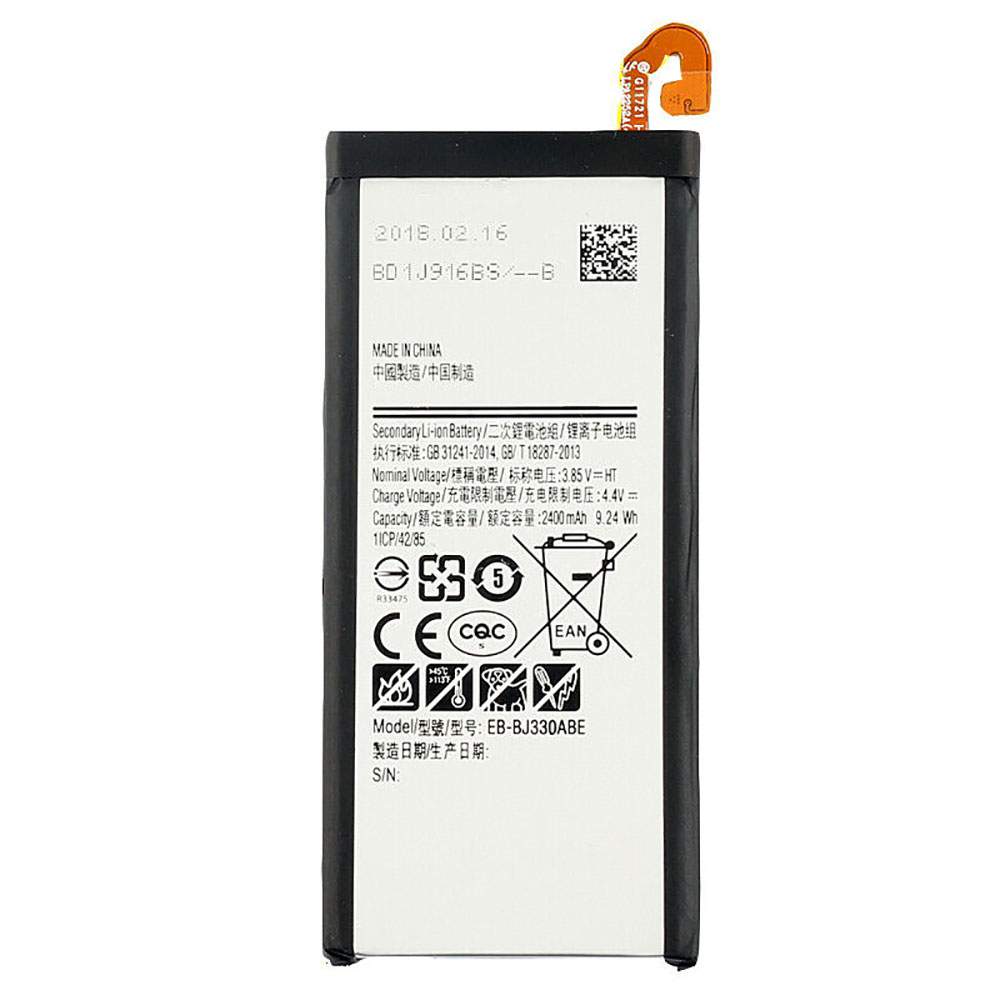I used my Nikon D610 to take the last photograph of my mom before she died. I’ve documented my children’s lives nearly everyday. The rubber grip is wearing thin in spots. A rubber tab on the bottom is chronically flapping loose; my fingers push it back into place out of habit. This camera has become an extension of me, and I have grown to love it. But it has not always been that way.
I bought the Nikon D610 back in April 2015. I had been using a Nikon D5200 since 2013. I quickly learned that I loved taking photos. I was using the camera for a 365 project. It turned into two 365 projects. I was on camera sites everyday learning about camera settings and techniques. DigitalRev on YouTube in its heyday! I look back on those moments with great happiness, thinking about the joy of photography added to my life.
I had collected a few lenses with the D5200, and when I wanted to upgrade to a camera body that had more accessible external controls, the D610 was the logical choice for me. The Nikon D750 had recently come out – but it was over $1,000 more than the D610. So I purchased the D610. That was 5 years ago. But in those five years I’ve often thought of switching camera systems.
I watch a lot of photography channels on YouTube. I’m always seeing the new cameras, new lenses, and new firmware upgrades. Each video makes me rethink my camera choices. At times I feel intense gear acquisition syndrome – GAS. On two occasions I even posted my D610 on Kijiji. With all my lenses. But I could never bring myself to sell it. I’ve been tempted by the Fuji X-Series cameras, but more on that later.
I want to write this review to share with others what I love about this camera – or, more universally, any older DSLR – and show it’s possible to learn and grow with “older” cameras. As well, I want to solidify in my own mind the things I love about the camera.
I have come, through this experience with the D610, to appreciate having and growing with a single, durable, and capable camera body through years of daily use. I’ve learned to see cameras, rightly or wrongly, as medium-to-long term tools: a creative partner with whom you grow. Where the more you get to know your camera and it’s limitations, the more you get out of it, accomplishing your creative vision with as little resistance as possible. And whatever resistance is there, it becomes a means to push your own creative capabilities to flow like water around a rock in a stream.
Why Do I Still Use the D610?
It may sound obvious – but because it’s the camera I own. There’s something to be said about being grateful for the things you have, rather than lust after the ones you want. It’s not easy, though.
I have three young kids in daycare and before-and-after school care. As a result, I don’t have a lot of disposable income to spend on camera gear. So once I became invested in the Nikon system, I’ve been wedded to it. As well, some of my favorite lenses have been gifted to me. My wife bought me the 50mm 1.4 G for Father’s Day in 2014. She also bought me the 35mm 1.8 ED as an early Christmas gift in 2015. A few years later, we took a family day trip to Toronto so I could buy a used 85mm 1.8 G lens. Most recently, I picked up a 24mm 2.8 D for an absolute steal before heading out to the Canadian east coast for a summer camping trip. I have all the focal lengths I could want.
Once I started looking at my camera for what it is, and to actively be grateful to have it with me to document my life, it has helped me look at it with a new perspective. I appreciate the D610. I’m grateful for it. There are many who don’t have access to this kind of technology and equipment to further their creative photography efforts. I do, and I’m committed to using it to the fullest.
I have been working hard to experience a freedom from desire and want – freedom from desiring the new camera. Only then can I truly feel free and fulfilled. Shedding the mindset of “not enough” or wishing I had “more”. For me, this starts with loving the camera I have, being grateful for it, and not wanting another camera. of course it helps that it takes great quality photographs.
Image Quality
The second reason I love the Nikon D610 is the image quality. The D610 generates what are, to my eye, very pleasing and highly usable RAW files, with lots of detail, dynamic range and lovely colours. To this day, I encounter moments of surprise when reviewing my photos in Lightroom – surprise that the D610 is capable of such great image rendering, low light performance, and magic when hitting 3200 and 6400 ISO.
Since I’m often shooting in my living room, kitchen and kids’ bedrooms in the early hours and late evenings, the ambient light is often provided by artificial sources. I love the high ISO performance of the camera – there is some real magic when this 24 megapixel sensor reaches 6400 ISO.
FujiFilm X-T2, X100F and X70
I have owned a Fuji X70 for the past 3 years. I needed a smaller camera to compliment my larger DSLR system for a vacation I was planning. The X70 was perfect, and I fell in love with the camera, and it became my daily carry.
A couple of years later FujiFilm Canada had a promotion to raise awareness of their cameras and I got the opportunity to rent a body and two lenses over a weekend for free. Because I loved the X70 so much, and considered jumping into the Fujifilm system entirely, I jumped at the chance and rented the X-T2 and X100F separately over the course of a couple months. I paired the X-T2 with the 16mm 1.4 and 23mm 2.0 and loved the results.
There’s a reason the 16mm 1.4 is a highly touted lens of choice for many well known Fuji shooters. It’s a beautiful performer, invites you to engage in some really creative shooting, and I loved the all metal feel and ergonomics of both lenses.
X100F
I loved the handling of the cameras, particularly the X-T2. The weight of the X100F actually surprised me, and made me think twice about using this camera as a daily carry, to replace my FujiFilm X70. But one thing was sure, the photos were excellent. I was able to get the results I wanted from these cameras, and they freed me up to work for tougher and more creative shots.
The files were great, but in my eyes, they didn’t provide the high ISO performance and the subjective magic feel of the D610 sensor.
X-T2
My heart loved the Fujis, but my mind couldn’t give up the idea of losing the D610 images. I really do wonder at times if I’m being too nitpicky about the image quality “compromise” of the Fujifilm system.
Having a smaller camera and lenses is really appealing; being able to have a portable interchangeable lens camera system to bring with me more places where I want more focal range versatility than what my Fuji X70 can provide is appealing. The concept of “good enough” is not lost on me, and when I really stop, pause, and review the Fujifilm X-T2 and X100F files, they certainly do seem “good enough”.
But I have a subjective preference for the slight, but noticeable to my eye, benefits of the D610.
Autofocus
Even the shortcomings of the camera, including the low light autofocus and small number of autofocus points being clustered in the middle of the viewfinder, can be overcome with creative workarounds. Finding some high contrast focus point close to where you want in focus, or grabbing the focus ring to get the shot work, and I’ve gotten better at manual focussing, which has been a lot of fun to learn.
I’m often trying to capture fast-moving kids, so I need to use a fast shutter speed of at least 125, and naturally need focus to nail quickly – so manual focus is a great way to try and get my shots, and autofocus of course when possible.
This is where I get tempted to pick up a mirrorless full-frame autofocusing monster like a Sony a7 III. I’ve even been tempted by the Nikon Z6 since its autofocus and low light performance seem quite good, and an improvement over the D610. But I’m not wild about the idea of shooting the Z6 with the FTZ adapter. Ergonomics mean a lot to me, and for some reason, shooting adapted lenses seems like a less than ideal solution, although I’m sure the end product would be quite good. I’m not sold on the long term viability of the Z Series, and I think that is what’s holding me back from jumping in (that, and my limited budget of course!).
What Does the Future Hold?
What I like about having shot the past 5 years with the Nikon D610 is that the camera has held up decently under some tough wear and nearly daily use. Sure, the rubber is thinning and looks used, but it has a certain fit with my hand and grip, and feels like an extension of me now. I’m going to need to replace it sometime in the next year I’m guessing, and I’m doing some thinking about what I’m going to replace it with.
Nikon Options
Do I stay with Nikon and continue using my excellent collection of fast primes? Sounds like a great option that would save me from having to buy all new lenses. I love the idea of picking up a used Nikon Df. I love the D4 sensor in the camera, and the physical control knobs really give me the idea that I would be finding a permanent partner for my F-mount Nikon glass. If I were to pick up the Df, it would be with me for life – I couldn’t imagine ever selling that camera. This approach would also ensure that I’m able to keep the lenses that have been gifted to me.
While there are times I think about selling the whole kit, the nostalgia and sentimental element of keeping these lenses is satisfied by keeping them. I can live with the autofocus of the Df, and the low light performance that I would take advantage of shooting indoors as I do would be magic. So tempting!
I also consider picking up a used or new Nikon D750. I love the ergonomics and deep grip, and the body of the D750 has a more premium and tighter feel than the D610 and I would be happy to use this camera. I like the idea of the flippy screen, but without quick and reliable autofocus in live view I don’t see the utility of it as I would with a flip screen on a mirrorless camera. The improved autofocus, particularly in low light, is a big selling feature for me, but the autofocus points remain clustered around the centre of the viewfinder, which will require me to focus and recompose which I want to avoid having to do, to capture the fast-moving kids I have!
That leaves the Nikon Z6. I could adapt all my lenses except the 24mm 2.8 D, which wasn’t too expensive, so not too much of a loss, but the need to adapt my lenses for the foreseeable future isn’t an idea I’m wild about, despite the autofocus gains I would get, along with the ability to autofocus using the flip screen while looking down at the waist, which I’ve really loved doing since getting used to this on the Fuji X70.
Fujifilm Options
I would turn to Fujifilm as the next preferred photography option. I love my X70 and the rangefinder style. I’ve had eyes for some time on the Fuji X-E3 – small, light and same sensor and processor as the previous generation flagships of the X-T2 and X-Pro2. The X-E3 doesn’t have the flip screen, which is unfortunate, since I’ve long loved using one, but the other compromises for size make up for it.
I would want a Fujifilm camera that would provide the same ruggedness as my D610 and can stand the test of time. I don’t want a camera body that will give me troubles – I’ve heard some build quality concerns of the X-T2 over time, and while that would be a great lower cost option, that makes me think twice. It had the flip screen so that’s a nice feature, and something the X-Pro2 doesn’t have. Otherwise, this leaves me thinking the X-Pro3 might be a great option – I see the dura-finish options providing some additional durability over time, which is exactly what I want, and with the flip screen hidden, my roughness with my cameras and back-LCD screen bashing would be mitigated somewhat by this feature.
Writing my thoughts for my D610 review, and thinking about what might be next for me, left me thinking about cameras more than I prefer to do – it triggers within me a feeling that I “need” to buy another camera. I don’t like this feeling! Keeping focused on the D610 and the art of photography is what brings me joy, not chasing the newer and faster and prettier.



